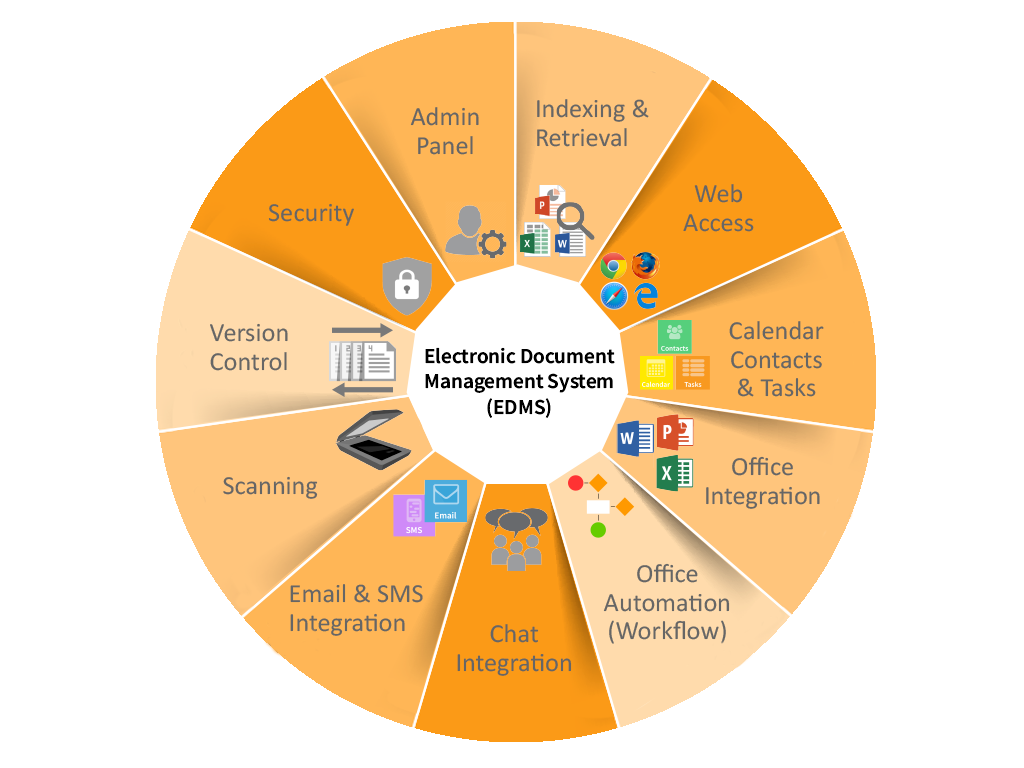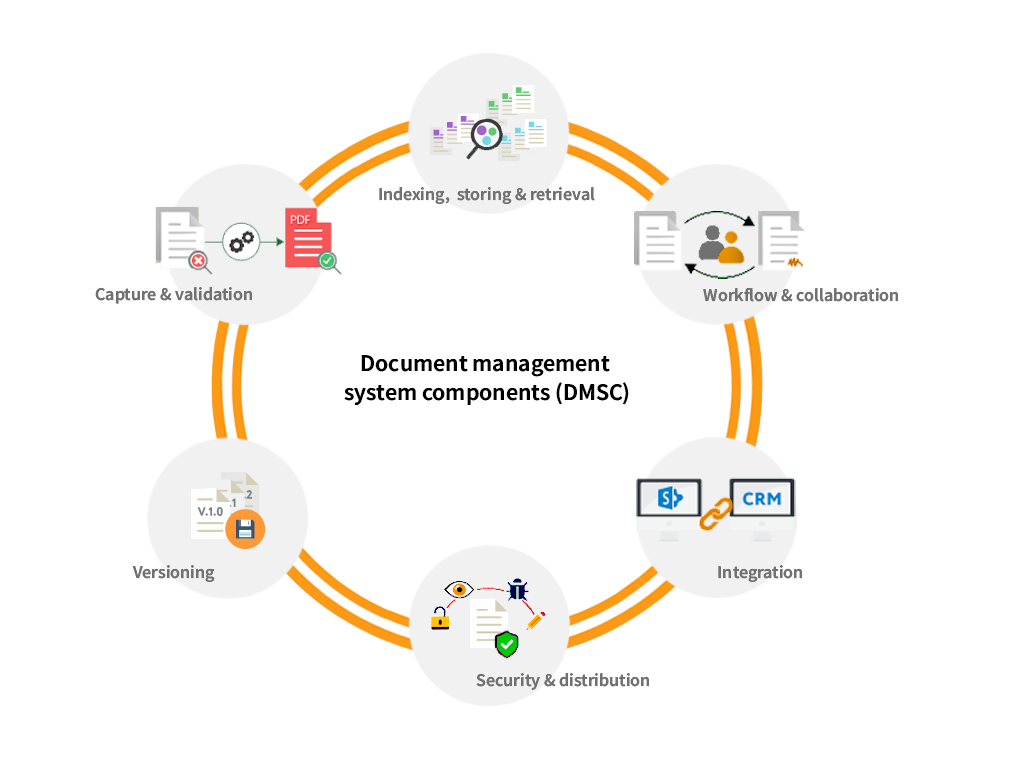We’ve all gotten lost in labyrinths of long-forgotten folders and fought to understand which of their file versions is the most recent. Poor document management leads to confusion, which means people can’t find things, stuff gets accidentally duplicated, and you rapidly lose track of the working version.
Like many things in IT: document management doesn’t have to be this way.
.jpg?width=7680&height=4320&name=sharepoint%20document%20management%20(2).jpg)
Take the Reins of your Document Management System
It can sound like a chore, one of the things you keep putting off for now, but the truth is, good document management produces incredible time savings when done right.
Start with a review of what you currently do. What physical or cloud hardware do you use to host your documents? Who creates the documents? Are any scanned from paper? What types of documents do you have? Which ones need to be shared, and to which groups should they be accessible? Are related documents connected? Does everyone know where to go when they need something?
You may find it helpful to ask these questions to your team in-person in a workshop session — and to get it all down. You can come up with your ideal document system and compare it to what you have to understand how to move forward.
Our Document Management Choice: SharePoint
We recommend switching to SharePoint. Instead of having your users connect to network drives or even deal with their own local document folders, just have them sync up with SharePoint. It’s an online document hosting system that everyone can access according to need, that doesn’t come with all those cumbersome configuration problems that require an IT technician to troubleshoot any time something goes wrong.
Hosting in the Microsoft Cloud, your employees can access their SharePoint files on desktop, laptop, phone, whether on-premises, in the field, or working remotely from home. It’s got a built-in versioning system to reduce confusion and allows for sophisticated metadata to help describe and categorize your files.
Migrating Data to your New Document Management System
With your ideal document management system in mind, and your software selected, you’ll have to undergo a data migration. If you’ve got years of archived documents in mismatched folders, this can certainly seem daunting. But the benefits are worth it. Get through this one-time challenge, and you’ll be able to reference and understand what’s happened in the past, which can often be instrumental in planning for the future or understanding how to solve an issue.
You’ll also be able to keep it right going forward, and vastly reduce your future productivity by having real control over your data. Your security can be improved as you adjust who has access to what, and if you undergo an audit, you’ll find retrieving the files you need effortless.
Deploy Alongside Document Management Training
Don’t take the time to get your system right while neglecting those who’ll ultimately use it. Correct adoption depends on people understanding both how to use it, and the benefits. Ensure that you properly educate staff on the new right way of doing things and demonstrate how much easier it is.
When empowered, you’ll find your team eager and able to focus on the tasks that matter, rather than the time-sucking document hunt.
Seek out a Document Management Partner
CrucialLogics is a team of IT experts with deep experience in data migration and document management. We’re adept with the Microsoft suite of technologies, and dedicated to easing you through the planning, deployment, training, and support periods to ensure our clients enjoy all the success we promise.
If you’d like a hand with your document management migration, drop us a line. We’ll be excited to help you build an efficient, productive solution.



